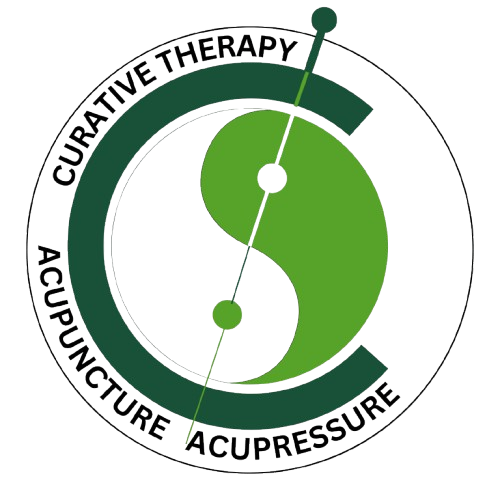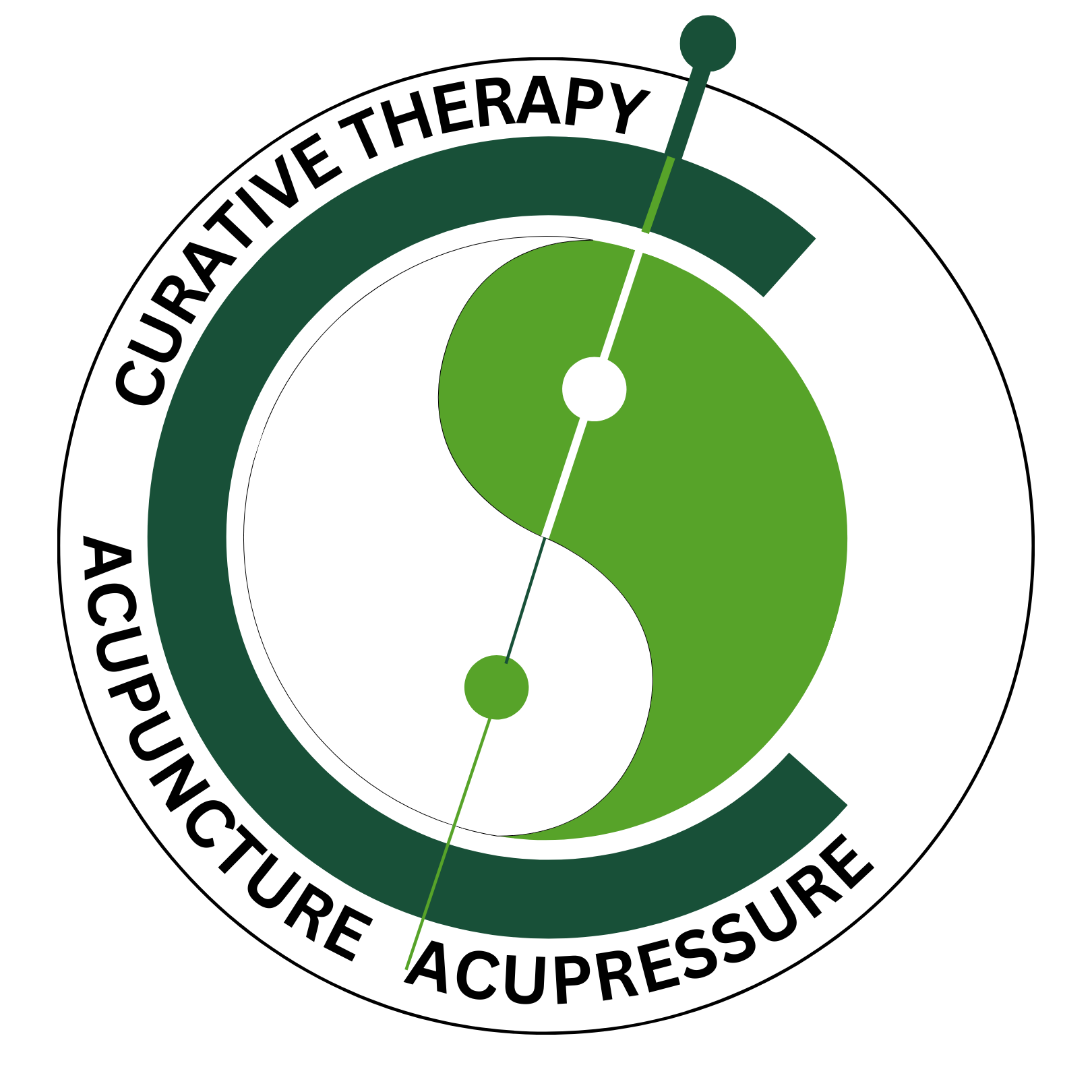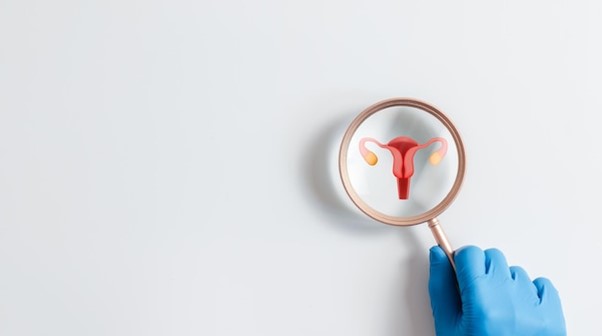Cervical dysplasia, a condition characterized by abnormal changes in the cells on the cervix, is a significant health concern for women. While cervical dysplasia itself is not cancer, it can increase the risk of developing cervical cancer if left untreated. In recent years, acupuncture and Chinese medicine have gained recognition as complementary therapies for managing a variety of health conditions, including cervical dysplasia. This blog will explore the role of acupuncture in treating cervical dysplasia, based on the principles of Traditional Chinese Medicine (TCM), and offer insights into how acupuncture can help support the body’s healing processes, reduce inflammation, and improve overall health.
What is Cervical Dysplasia?
Cervical dysplasia refers to the presence of abnormal cells on the cervix, which is the lower part of the uterus that opens into the vagina. These changes can range from mild to severe, with the more severe forms potentially progressing to cervical cancer. The condition is typically detected through a Pap smear or an HPV (Human Papillomavirus) test, which looks for abnormal cells caused by HPV infection.
Most cases of cervical dysplasia are caused by persistent infection with high-risk types of HPV, which can damage the cells of the cervix. However, the body’s immune system typically fights off the virus, and many women with HPV infections never develop cervical dysplasia. When the immune system fails to eliminate the virus, the cells on the cervix can begin to change, leading to dysplasia.
The Importance of Early Detection and Treatment
Early detection and management of cervical dysplasia are crucial. Mild forms of dysplasia (CIN 1) often resolve on their own without intervention, but moderate (CIN 2) or severe (CIN 3) dysplasia may require more intensive treatment, including cryotherapy, laser therapy, or a LEEP (Loop Electrosurgical Excision Procedure) to remove the abnormal cells.
However, conventional medical treatments are not always without side effects. Many women experience physical, emotional, and psychological stress from these procedures, and some may worry about their fertility and overall reproductive health. This is where alternative therapies, such as acupuncture, can play a supportive role in treatment and prevention.
Chinese Medicine and Cervical Dysplasia
Traditional Chinese Medicine (TCM) is an ancient healing system that has been practiced for thousands of years. TCM emphasizes the balance of energy (Qi), the harmony of the five elements (Wood, Fire, Earth, Metal, Water), and the proper flow of blood and fluids throughout the body. According to TCM, illness occurs when there is an imbalance in these forces, which can lead to a variety of symptoms and health problems.
When it comes to cervical dysplasia, TCM offers a unique perspective. Instead of focusing solely on the abnormal cells themselves, TCM seeks to address the underlying imbalances that contribute to the development of the condition. These imbalances can include factors such as:
- Blood stasis: Poor circulation and stagnation of blood in the pelvic region can contribute to abnormal cell growth and inflammation.
- Dampness and Heat: In TCM, dampness and heat are often associated with infections, inflammation, and the creation of abnormal tissue.
- Qi deficiency: A weakened immune system or insufficient energy flow can make the body more susceptible to infections like HPV.
- Emotional stress: TCM acknowledges the impact of emotional factors, such as anxiety or stress, on physical health, particularly in relation to gynecological conditions.
Acupuncture: A Holistic Approach to Cervical Dysplasia
Acupuncture is one of the primary tools used in TCM to address these imbalances. By inserting thin needles into specific points on the body, acupuncture aims to regulate the flow of Qi, invigorate blood circulation, and restore balance. Acupuncture can be a valuable adjunct therapy in the treatment of cervical dysplasia for several reasons:
1. Boosting the Immune System
Cervical dysplasia is often associated with the persistence of HPV, a viral infection. In TCM, a strong immune system (Wei Qi) is essential for preventing infections and fighting off pathogens. Acupuncture has been shown to stimulate the immune system, enhancing the body’s natural defense mechanisms. By supporting the immune system, acupuncture may help the body eliminate the HPV virus more effectively and prevent the progression of cervical dysplasia.
2. Reducing Inflammation
Inflammation is a key factor in the development of cervical dysplasia. In TCM, heat and dampness are considered the primary causes of inflammation in the body. Acupuncture can help to reduce inflammation by clearing heat and promoting the movement of Qi and blood. Several acupuncture points, such as those on the lower abdomen and back, may help to regulate the reproductive organs and reduce pelvic inflammation, thus supporting the healing process of abnormal cervical cells.
3. Improving Blood Circulation
Blood stagnation is another common pattern in TCM that can contribute to the development of abnormal cell growth. Poor circulation in the pelvic region may prevent proper nourishment and oxygenation of the cervix, leading to the formation of abnormal cells. Acupuncture helps to invigorate blood circulation, ensuring that the cervix and surrounding tissues receive the nutrients they need to repair and regenerate. This can be particularly beneficial for women with moderate to severe dysplasia, where the abnormal cells may require support to heal.
4. Balancing Hormones
Hormonal imbalances, particularly those related to estrogen, can influence the development of cervical dysplasia. Acupuncture has been shown to regulate hormonal levels by stimulating specific points that affect the endocrine system. By balancing hormones, acupuncture may help reduce the risk of abnormal cell growth in the cervix and support overall reproductive health.
5. Managing Stress and Emotional Well-Being
In TCM, emotional health is intricately linked to physical health. Stress, anxiety, and emotional trauma can contribute to Qi stagnation, particularly in the liver and spleen systems, which in turn can lead to gynecological issues like cervical dysplasia. Acupuncture can help to calm the mind, reduce stress, and promote emotional healing. By addressing emotional blockages, acupuncture helps to restore balance to the entire body, potentially preventing the recurrence of dysplasia.
How Acupuncture Can Be Integrated into Treatment Plans
When treating cervical dysplasia, acupuncture is often used as a complementary therapy in conjunction with conventional treatments such as colposcopy, Pap smears, and cryotherapy. The combination of Western medical interventions and Eastern holistic approaches can provide a well-rounded treatment plan for women dealing with cervical dysplasia.
Here’s how acupuncture might be integrated into a patient’s treatment journey:
- Before Treatment: Acupuncture may be used to strengthen the immune system, reduce inflammation, and prepare the body for medical interventions. By boosting overall health, acupuncture can help the body heal more effectively after procedures like LEEP or cryotherapy.
- During Treatment: Acupuncture can provide symptom relief during medical treatments, helping to reduce pain, discomfort, and stress associated with procedures. It can also support the body’s recovery by promoting healing and improving circulation.
- After Treatment: After a treatment like cryotherapy, acupuncture can be used to enhance recovery and reduce the risk of recurrence. Acupuncture supports the body’s natural healing processes, ensuring that abnormal cells do not regrow and that the cervix returns to a healthy state.
- Prevention: Acupuncture is also beneficial for women who are at high risk of cervical dysplasia due to a history of HPV infections, hormonal imbalances, or a family history of cervical cancer. Regular acupuncture treatments can help to maintain hormonal balance, boost the immune system, and reduce the likelihood of abnormal cervical cell changes.
Cervical dysplasia is a serious condition that requires timely and effective management. While conventional medical treatments are essential in treating abnormal cells, acupuncture and Chinese medicine offer valuable complementary therapies that can address the root causes of the condition. By boosting the immune system, reducing inflammation, improving circulation, balancing hormones, and managing emotional stress, acupuncture supports the body in its natural healing process, promoting long-term health and well-being.
For women dealing with cervical dysplasia, acupuncture provides a safe, non-invasive, and holistic treatment option that can enhance recovery, reduce side effects, and help prevent recurrence. As with any medical condition, it is important to consult with a qualified healthcare provider to develop a comprehensive treatment plan that suits your individual needs.



